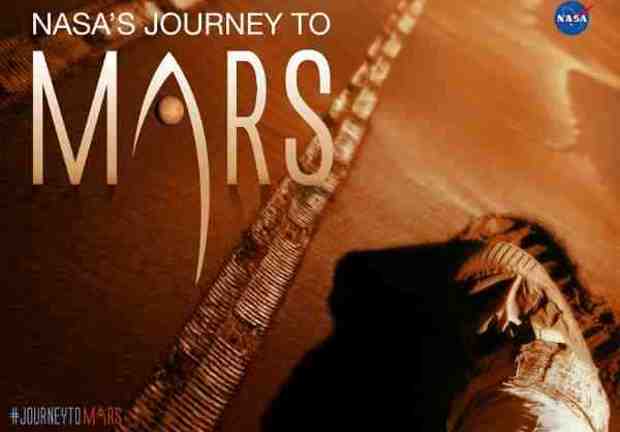

If all goes as planned, the friction of Mars’ thin air rushing past the heat shield will have slowed the spacecraft to 1,000 miles per hour.
NUCLEAR TIME JOURNEY MARS SERIES
Just seven minutes later, the spacecraft must flawlessly execute a series of complex maneuvers to land the rover on the surface. First will come word that the spacecraft containing Curiosity has entered the Martian atmosphere. In the control room at NASA’s Jet Propulsion Laboratory in Pasadena, Calif., it will still be Sunday evening when the nervous wait begins.
NUCLEAR TIME JOURNEY MARS UPGRADE
(He is best known as the Hubble repairman, flying on three space shuttle missions to refurbish and upgrade the telescope.) “This is the first time that we have a real analytical laboratory heading to the surface.”īut before Curiosity can make any discoveries, it has to land.

Grunsfeld, NASA’s associate administrator in charge of the science mission directorate. “I think this is the Hubble Space Telescope of Mars exploration,” said John M. With Curiosity, the search is on for the carbon-based molecules. Sunshine or volcanic heat could have provided the necessary energy. Life’s other prerequisites are carbon-based molecules and energy. Grotzinger, a professor of geology at the California Institute of Technology who serves as the mission’s project scientist, said during a news conference this month. “Water flows downhill, and that’s where we’re going,” John P. It is one of the lowest places on Mars, which should help advance Curiosity’s $2.5 billion mission: studying the environment of early Mars. Its new home will be the Gale Crater, just south of the equator, a 96-mile-wide bowl punched out by a meteor more than 3.5 billion years ago. Over the coming week, the pull of gravity will accelerate the spacecraft to 13,000 miles per hour, and early Monday morning Eastern Daylight Time, it is scheduled to execute a series of astoundingly complicated maneuvers and place the rover on the surface. Packed with ingenious new instruments, the rover promises to provide the best-ever examination of the Red Planet, digging up clues to a profound question: Could there ever have been life there? With tightening budgets, it is the last big hurrah for NASA’s planetary program for quite a few years. Right now, a spacecraft containing Curiosity - a car-size, nuclear-powered planet rover - is coasting at 8,000 miles per hour toward Mars, nearing the end of a journey that began in November.


 0 kommentar(er)
0 kommentar(er)
